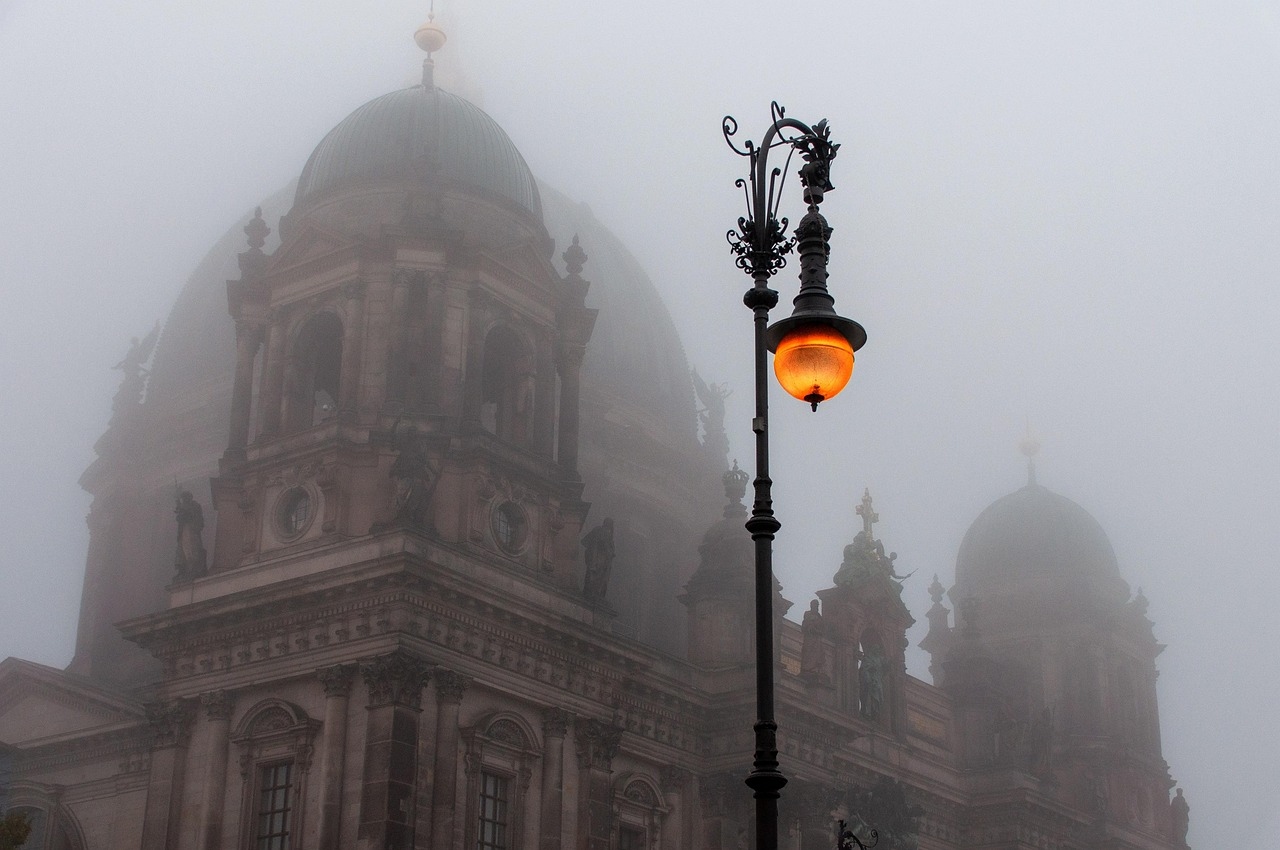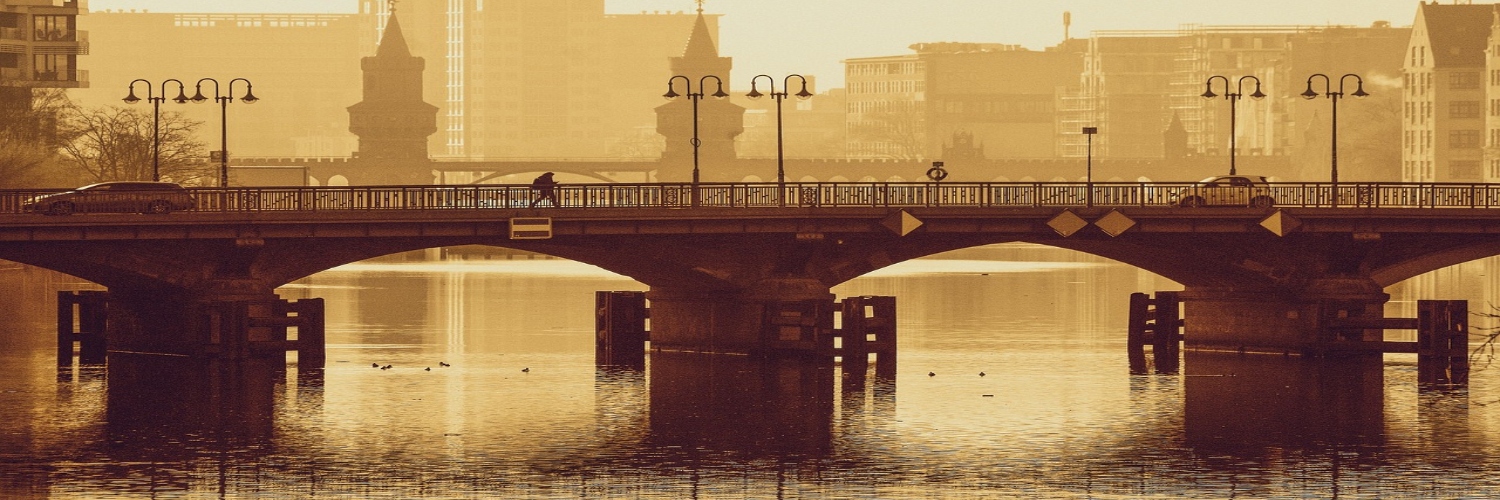Berlin is one of Europe’s most dynamic capitals, an energetic mix of history, art, culture, food, nightlife, and green urban spaces. From walking through the remnants of the Berlin Wall to stepping inside world-class museums, from enjoying lakeside afternoons to dancing until sunrise, Berlin experiences a spectrum of moods throughout the year.
Because the city changes dramatically from season to season, many travellers often ask: “What is the Best Time to visit Berlin?”
The answer depends entirely on what you want from your trip. Berlin’s seasons each come with their own charm, energy, and unique offerings. Whether you’re looking for mild weather for sightseeing, Christmas magic, summer festivals, or budget-friendly travel options, understanding the city’s annual rhythm will help you plan a memorable trip.

In this guide, we break down the Best Time to visit Berlin month by month, alongside key experiences, weather expectations, crowd levels, and insider tips. And to ensure convenience in moving around the city and exploring its neighbourhoods at your own pace, Rydeu is always there with quick, comfortable, and reliable city and intercity transfers.
Let’s dive in.
Understanding Berlin’s Seasons
Before we explore each season in detail, here is a quick breakdown of Berlin’s typical weather patterns:
- Spring (March–May): Mild, blooming, fresh, great for long walks.
- Summer (June–August): Warm, lively, festival-packed, outdoor-friendly.
- Autumn (September–November): Crisp, colourful, and culturally vibrant.
- Winter (December–February): Cold but magical, especially during the Christmas season.
Each season offers something different- so the true Time to visit Berlin depends on your travel style.
Spring in Berlin (March to May)
A delightful awakening after winter’s chill
If you’re someone who enjoys pleasant weather, flowers in bloom, and thinner crowds, spring is often considered the Best Time to visit Berlin.
Weather Expectations
March can still be chilly, hovering between 5°C and 10°C, but by April and May, temperatures rise to a comfortable 15°C–20°C. Days become longer, parks greener, and Berlin begins to buzz with outdoor life once again.
Why Visit in Spring?
1. Perfect Weather for Sightseeing
You can visit top attractions such as the Brandenburg Gate, Museum Island, and Checkpoint Charlie without battling scorching heat or peak tourist crowds.
2. Cherry Blossoms Across the City
Berlin’s cherry blossoms—especially along the former Berlin Wall trail—offer breathtaking photography opportunities.
3. Relaxed Travel Experience
Hotels and flight prices are generally lower compared to summer months, making it budget-friendly.
4. Great Time for Urban Exploration
Berlin’s vast public parks like Tiergarten and Tempelhofer Feld begin to fill with cyclists, joggers, and picnicking locals.
Spring Events
- Carnival of Cultures (May)
- Berlin Gallery Weekend
- Easter celebrations and markets
Is Spring the Best Time to Visit Berlin?
If you prefer pleasant temperatures, fewer crowds, and vibrant outdoor scenery, yes, spring could be the ideal time.
Summer in Berlin (June to August)
Berlin’s most vibrant and energetic season
Summer is the season when Berlin truly comes alive. For many travellers, this is the absolute Best Time to Visit Berlin- especially if you love outdoor activities, festivals, lakes, and nightlife.
Weather Expectations
Temperatures usually range between 20°C and 30°C, and sometimes even higher. Long days with up to 16 hours of daylight make it great for full itineraries.
Why Visit in Summer?
1. Festival Season in Full Swing
From music festivals to open-air cinemas, art exhibitions, food events, and cultural celebrations, Berlin’s summer calendar is packed.
2. Perfect for Lakes and Outdoor Activities
Berlin is surrounded by several lakes (known locally as Seen), offering swimming, paddle-boarding, or simply relaxing by the water.
3. Lively Nightlife & Open-Air Clubs
Berlin’s nightlife is famous worldwide, and summer takes it up a notch with rooftop bars, open-air parties, and late-night cultural events.
4. Street Cafés and Beer Gardens
Sitting outdoors and enjoying Berliner cuisine is one of the best summer experiences the city offers.
Summer Events
- Fête de la Musique
- Berlin Pride (Christopher Street Day)
- Long Night of Museums
- Open Air Classical Concerts
- Food-truck festivals and riverside fairs
Is Summer the Best Time to Visit Berlin?
If you enjoy warm weather, long sightseeing days, and endless activity options, then summer is undoubtedly the Best Time to visit Berlin.
However, keep in mind that summer is also the busiest season, so booking accommodation and transportation in advance is essential. Rydeu can help make early planning effortless with flexible booking options.
Autumn in Berlin (September to November)
A beautiful blend of calm, culture, and colour
Autumn brings a charming transition to the city- crisp air, golden leaves, and a calmer vibe after the busy summer months.
Weather Expectations
September temperatures stay around 18°C–22°C, slowly dropping to 5°C–10°C by November. The weather is refreshing, though occasional rainfall is common.
Why Visit in Autumn?
1. Stunning Fall Foliage
Berlin’s parks—Tiergarten, Volkspark Friedrichshain, and Treptower Park—transform into picturesque fall landscapes perfect for long walks and photography.
2. Cultural Season Restart
Theatre, opera, and gallery seasons reopen with new performances, exhibitions, and artistic shows.
3. Comfortable Sightseeing
Crowds decrease significantly, making it easier to enjoy museums and historical landmarks without queues.
4. Ideal for Food Lovers
Autumn introduces seasonal flavors, traditional dishes, and cozy cafes perfect for chilly evenings.
Autumn Events
- Festival of Lights (October)
- Berlin Art Week (September)
- Jazzfest Berlin
- Halloween celebrations across the city
Is Autumn the Best Time to Visit Berlin?
If you love art, photography, and a peaceful travel atmosphere, autumn is an amazing Time to visit Berlin. Many travellers consider October particularly magical.
Winter in Berlin (December to February)
A season of cozy cafés, Christmas markets, and snowy charm
Winter in Berlin is cold- often dropping to 0°C or even below- but it is also magical, especially in December. If you’re looking for a festive, cozy, and memorable European winter experience, this might be the Best Time to visit Berlin for you.
Weather Expectations
Expect temperatures between -5°C and 5°C, frosty mornings, and occasional snowfall. January is the coldest month.
Why Visit in Winter?
1. Berlin’s Famous Christmas Markets
From handmade crafts to traditional food, warm drinks, music, and twinkling lights—Berlin’s Christmas markets are iconic.
2. Beautiful Winter Landscapes
Snow-covered streets, frozen lakes, and foggy mornings create an atmospheric charm unique to winter.
3. Lower Travel Costs (Except December)
January and February offer excellent hotel deals and smaller crowds, perfect for budget-friendly travel.
4. Museum Season
When it’s too cold outside, Berlin’s museums—some of the best in Europe—are ideal indoor escapes.
Winter Events
- Christmas markets (late November–December)
- New Year’s Eve celebrations
- Berlin International Film Festival (February)
- Ice-skating rinks and winter carnivals
Is Winter the Best Time to Visit Berlin?
If you love festive lights, cozy ambience, and cultural events, winter is wonderful. Even if you don’t like cold weather, December alone is worth experiencing at least once.
Best Time to Visit Berlin According to Travel Interests
To simplify your planning further, here’s a breakdown based on what you want to experience:
For Pleasant Weather:
- Spring (April–May)
- Autumn (September–October)
For Festivals & Nightlife:
- Summer (June–August)
For Budget Travel:
- Spring (March)
- Winter (January–February)
For Christmas & Festive Ambience:
- December
For Photography & Nature Lovers:
- Autumn (late September–October)
- Spring (April)
Month-by-Month Guide to Visiting Berlin
January:
Cold, quiet, and great for museum visits. Budget-friendly.
February:
Still cold but exciting due to winter events.
March:
Early signs of spring. Mild prices. Good for city walks.
April:
Pleasant weather, flowers, and ideal for sightseeing.
May:
Warm, sunny, and full of events. Perfect for outdoor lovers.
June:
The start of peak summer vibes- festivals begin.
July:
Hot, lively, and full of youthful energy.
August:
Warmest month. Lake trips and nightlife at its best.
September:
Mild weather, cultural season returns, fewer crowds.
October:
Fall colours and art festivals- photographers’ favourite month.
November:
Quiet, misty, and atmospheric; beginning of winter décor.
December:
Magical Christmas month- markets, lights, festive events.
Travel Tips for the Best Berlin Experience
1. Book Transportation in Advance
Berlin is large and has many districts to explore. Using Rydeu for transfers ensures comfort, flexibility, and seamless travel across the city.
2. Pack According to the Season
Berlin’s weather can be unpredictable. Always carry layers, especially in spring and autumn.
3. Explore Beyond the Tourist Spots
Visit neighbourhoods like Kreuzberg, Neukölln, Charlottenburg, and Prenzlauer Berg for local experiences.
4. Enjoy Berlin’s Green Spaces
No matter which season you visit, Berlin’s parks, lakes, and forests are always inviting.
5. Plan for Indoor and Outdoor Mix
Berlin’s museums are incredible; balance them with outdoor attractions.
So, What Is the Best Time to Visit Berlin?
The Best Time to Visit Berlin ultimately depends on your preferences:
- For perfect weather and fewer crowds: April–May and September–October
- For summer energy, festivals, and nightlife: June–August
- For magical Christmas vibes: December
- For budget travel and peaceful exploring: January–March
Every season paints Berlin differently- fresh and blooming in spring, lively and energetic in summer, colourful and crisp in autumn, and charmingly festive in winter.
No matter when you arrive, Berlin offers something unforgettable. And with Rydeu, your journey across this incredible city remains smooth, comfortable, and absolutely hassle-free.


 Which is the Closest Airport to Eiffel Tower Paris? A Traveler’s Guide
Which is the Closest Airport to Eiffel Tower Paris? A Traveler’s Guide